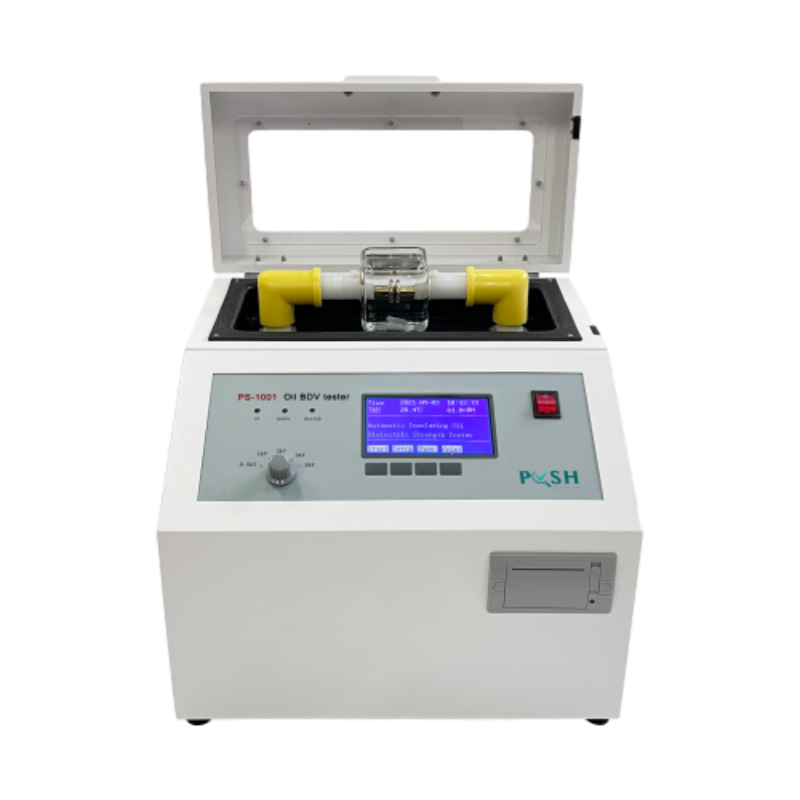 English
English



-
 Afrikaans
Afrikaans -
 Albanian
Albanian -
 Amharic
Amharic -
 Arabic
Arabic -
 Armenian
Armenian -
 Azerbaijani
Azerbaijani -
 Basque
Basque -
 Belarusian
Belarusian -
 Bengali
Bengali -
 Bosnian
Bosnian -
 Bulgarian
Bulgarian -
 Catalan
Catalan -
 Cebuano
Cebuano -
 China
China -
 China (Taiwan)
China (Taiwan) -
 Corsican
Corsican -
 Croatian
Croatian -
 Czech
Czech -
 Danish
Danish -
 Dutch
Dutch -
 English
English -
 Esperanto
Esperanto -
 Estonian
Estonian -
 Finnish
Finnish -
 French
French -
 Frisian
Frisian -
 Galician
Galician -
 Georgian
Georgian -
 German
German -
 Greek
Greek -
 Gujarati
Gujarati -
 Haitian Creole
Haitian Creole -
 hausa
hausa -
 hawaiian
hawaiian -
 Hebrew
Hebrew -
 Hindi
Hindi -
 Miao
Miao -
 Hungarian
Hungarian -
 Icelandic
Icelandic -
 igbo
igbo -
 Indonesian
Indonesian -
 irish
irish -
 Italian
Italian -
 Japanese
Japanese -
 Javanese
Javanese -
 Kannada
Kannada -
 kazakh
kazakh -
 Khmer
Khmer -
 Rwandese
Rwandese -
 Korean
Korean -
 Kurdish
Kurdish -
 Kyrgyz
Kyrgyz -
 Lao
Lao -
 Latin
Latin -
 Latvian
Latvian -
 Lithuanian
Lithuanian -
 Luxembourgish
Luxembourgish -
 Macedonian
Macedonian -
 Malgashi
Malgashi -
 Malay
Malay -
 Malayalam
Malayalam -
 Maltese
Maltese -
 Maori
Maori -
 Marathi
Marathi -
 Mongolian
Mongolian -
 Myanmar
Myanmar -
 Nepali
Nepali -
 Norwegian
Norwegian -
 Norwegian
Norwegian -
 Occitan
Occitan -
 Pashto
Pashto -
 Persian
Persian -
 Polish
Polish -
 Portuguese
Portuguese -
 Punjabi
Punjabi -
 Romanian
Romanian -
 Russian
Russian -
 Samoan
Samoan -
 Scottish Gaelic
Scottish Gaelic -
 Serbian
Serbian -
 Sesotho
Sesotho -
 Shona
Shona -
 Sindhi
Sindhi -
 Sinhala
Sinhala -
 Slovak
Slovak -
 Slovenian
Slovenian -
 Somali
Somali -
 Spanish
Spanish -
 Sundanese
Sundanese -
 Swahili
Swahili -
 Swedish
Swedish -
 Tagalog
Tagalog -
 Tajik
Tajik -
 Tamil
Tamil -
 Tatar
Tatar -
 Telugu
Telugu -
 Thai
Thai -
 Turkish
Turkish -
 Turkmen
Turkmen -
 Ukrainian
Ukrainian -
 Urdu
Urdu -
 Uighur
Uighur -
 Uzbek
Uzbek -
 Vietnamese
Vietnamese -
 Welsh
Welsh -
 Bantu
Bantu -
 Yiddish
Yiddish -
 Yoruba
Yoruba -
 Zulu
Zulu
interfacial rheometer
Understanding the Interfacial Rheometer A Key Tool in Rheological Measurements
In the realm of materials science, rheology—the study of the flow and deformation of matter—plays a crucial role in determining how substances behave under various stress and strain conditions. Among the various tools available to rheologists, the interfacial rheometer has emerged as a vital instrument for analyzing materials that exist at the interface of two phases, such as liquid-liquid, liquid-solid, or gas-liquid interfaces. This article explores the significance, functionality, and applications of the interfacial rheometer.
Functionality of the Interfacial Rheometer
The interfacial rheometer is specifically designed to measure the rheological properties of materials at their interfaces. Unlike traditional rheometers that analyze bulk materials, interfacial rheometers focus on thin layers of materials that occupy the boundary between two distinct phases. This characteristic makes them exceptionally useful for studying emulsions, foams, and other colloidal systems where interfacial phenomena are crucial.
The operating principle of the interfacial rheometer relies on the application of shear or tension to the interface and monitoring the resulting stress and strain. These measurements allow researchers to derive important rheological parameters such as interfacial tension, viscoelasticity, and shear modulus. The design of interfacial rheometers can vary, but they typically include specialized geometry, such as Langmuir troughs or pendant drops, to effectively manipulate and measure at the interface.
Importance in Various Fields
The interfacial rheometer finds applications across a multitude of fields, including food science, cosmetics, pharmaceuticals, and materials engineering. In food science, for instance, understanding the behavior of emulsions is crucial for product stability and quality. The interfacial rheometer can provide insights into the interactions between oil and water phases in sauces, dressings, and dairy products, helping formulators optimize texture, taste, and shelf stability.
interfacial rheometer

Similarly, in the cosmetic industry, the performance of creams and lotions often hinges on their emulsified components. The rheological properties at the interface can influence spreadability, absorbency, and overall consumer satisfaction. By employing an interfacial rheometer, companies can fine-tune formulations to achieve desired qualities.
In pharmaceuticals, drug delivery systems may involve colloidal carriers such as liposomes and microspheres. The behavior of these systems at interfaces can greatly affect their efficacy and stability. Interfacial rheometers enable scientists to investigate and optimize these properties, facilitating the development of more effective therapeutic options.
Challenges and Future Directions
Despite its advantages, the use of interfacial rheometers comes with challenges. The complexity of the measurements and the need for precise control of environmental conditions can make experiments demanding. Furthermore, interpreting the data requires a deep understanding of both rheology and interfacial phenomena, which may pose a barrier for some researchers.
Looking forward, advancements in technology and computational methods are set to enhance the capabilities of interfacial rheometers. Integration with imaging techniques, for example, could provide real-time insights into microstructural changes at interfaces. Additionally, the development of more user-friendly software for data analysis will likely broaden the accessibility and usability of these instruments.
Conclusion
The interfacial rheometer is a powerful tool that offers unique insights into the behavior of materials at their interfaces. Its ability to characterize the complex interactions between phases is invaluable across various industries, contributing to improved product formulations and innovations. As research continues to advance, the interfacial rheometer will undoubtedly play an increasingly important role in understanding and manipulating materials for a wide range of applications.
-
Using Distillation Range Testers in the Food and Beverage IndustryNewsApr.16,2025
-
The Impact of IoT on Distillation Range Tester PerformanceNewsApr.16,2025
-
The Best Distillation Range Testers for Extreme ConditionsNewsApr.16,2025
-
How Distillation Range Testers Save Time and MoneyNewsApr.16,2025
-
Distillation Devices for Advanced Separation TechniquesNewsApr.16,2025
-
Common Mistakes to Avoid When Using a Distillation Range TesterNewsApr.16,2025



